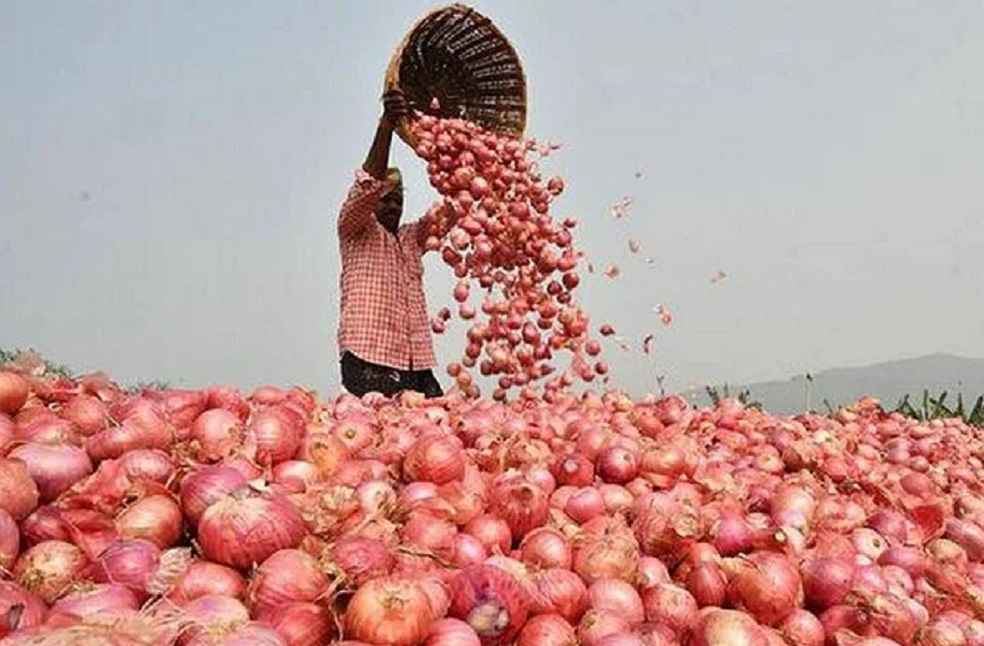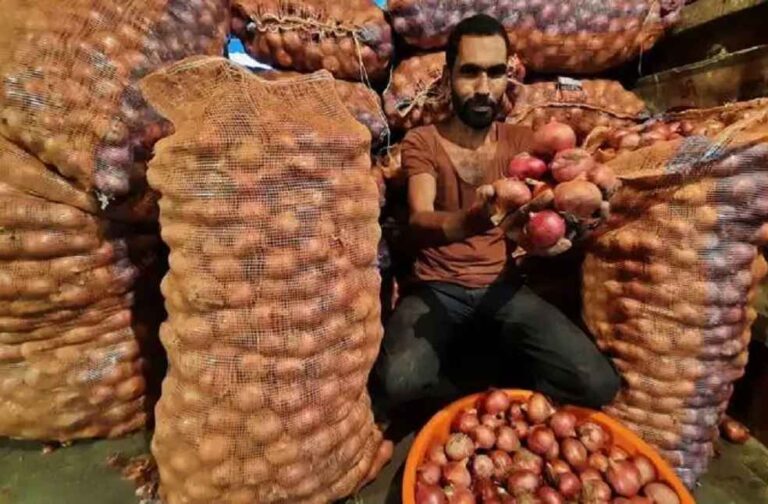Indonesia has reached out to India for a substantial onion import of 900,000 tonnes, challenging India’s recent export bans. This development is particularly significant given Indonesia’s status as India’s primary ASEAN trade partner and a country traditionally dependent on onion imports from the United States, India, and New Zealand.
This outreach is set against India’s August decision to levy a 40% export tax on onions, followed by an $800 per tonne minimum export price in October. These measures aimed to stabilize the domestic supply and prices amidst a crop shortfall, yet escalating prices eventually necessitated a complete export ban by December, effective through the 2023-24 financial year.
Consequent to India’s export halt, Indonesian traders and importers have shown a keen interest in Indian onions, culminating in an official request to the Indian government for a supply worth approximately $100,000.

India plays a crucial role in the global onion market, accounting for about one-fourth of worldwide production and ranking as a top exporter. During the current financial year, India exported 1.4 million tonnes of onions, including a notable portion to Indonesia. This marks a slight increase from the previous fiscal year’s exports.
Contrary to these developments, the Indonesian embassy in New Delhi reports no knowledge of such a request. Indonesia, a producer of small-sized red onions, imported a total of 194.107 tonnes of onions in 2023, with a mere 79,000 tonnes from India.
The situation poses significant challenges for Indian exporters. Sanket Hoge, a Mumbai-based agri-export consultant, highlights the struggles following the export ban, such as detained containers and substantial financial losses. Contributing to these difficulties are erratic rains and extended dry spells, leading to a marked decrease in cultivation area and output, thereby intensifying political discussions in light of the national election.
As per recent data, the average retail price of onions in India is ₹41.12 per kg, a steep 49.6% jump from last year. The decline in cultivation area and production in key states like Maharashtra and Karnataka has been stark.

Projected onion production in India for the 2023-24 kharif (monsoon season) and late kharif seasons is significantly lower than previous years. This decline in production, along with the export ban, has led to falling market prices.
The predicament of Indian onion farmers is also highlighted. They face losses due to climatic adversities and increasing debts, yet lack government subsidies during low-price phases. Government interventions to control rising market prices add to their burden.
This situation reflects the complexities of international trade and agricultural policies, particularly for staple commodities like onions. Indonesia’s request to India illustrates the delicate balance between meeting domestic needs and fulfilling international trade obligations.
IMEX SECTOR | UK’s New Post-Brexit EU Import Rules Set for 2024: Impact and Changes



